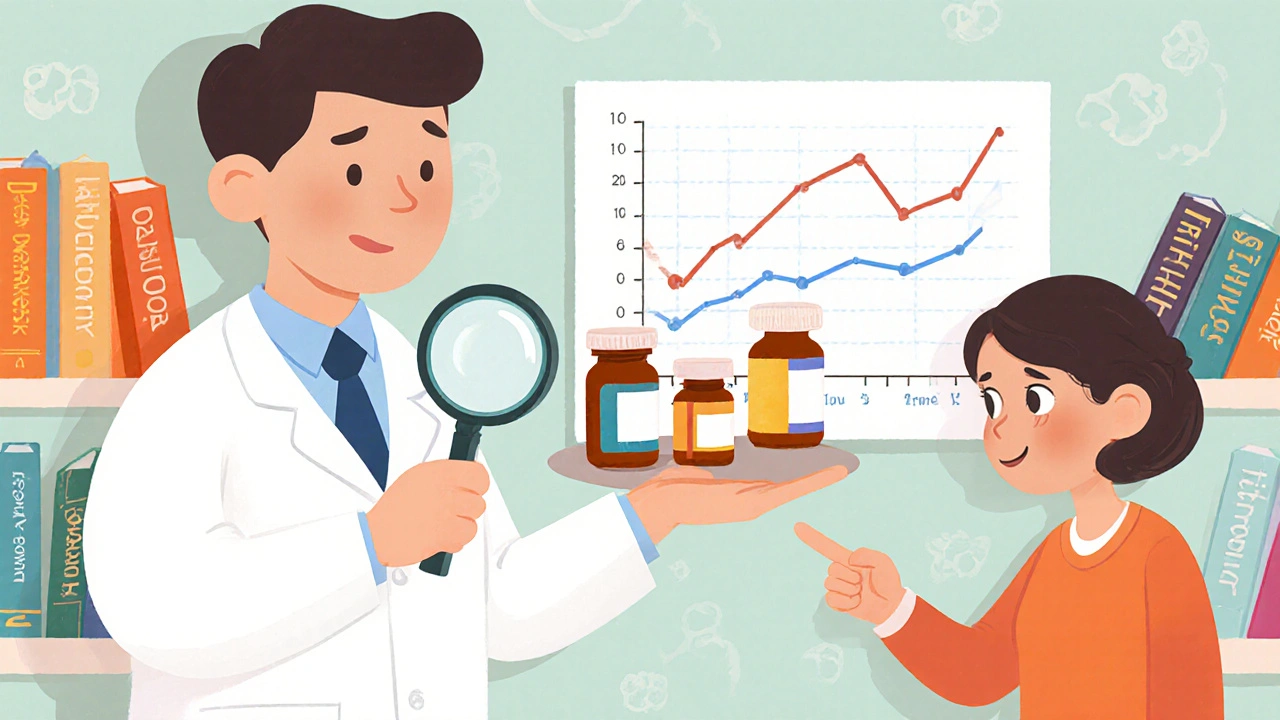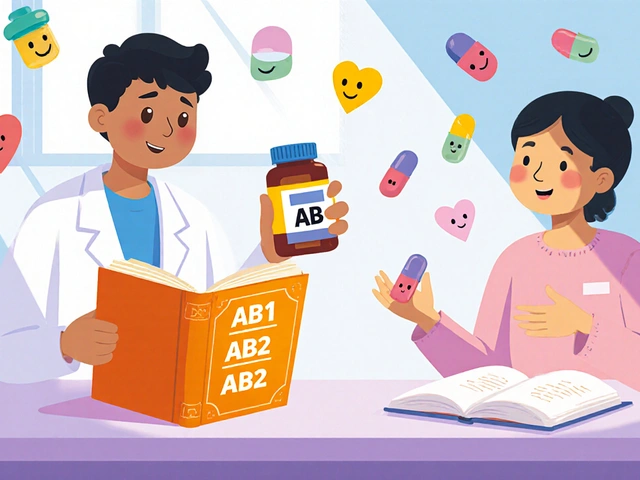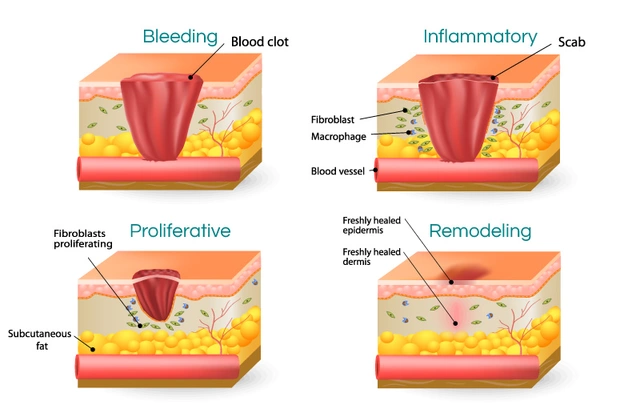Generic Substitution Risks: What You Need to Know Before Swapping Medications
When your pharmacy swaps your brand-name drug for a cheaper generic substitution, the replacement of a brand-name medication with a bioequivalent generic version. Also known as drug switching, it’s a routine part of modern pharmacy practice—and it saves patients and insurers billions every year. But not all generics are created equal. For most drugs, the switch works fine. For others, even tiny differences in how the body absorbs the medicine can lead to serious problems.
The FDA Orange Book, the official list of approved drug products with therapeutic equivalence evaluations tells pharmacists which generics can be swapped safely. Drugs marked with an "A" code are considered interchangeable. But those with a "B" code? That’s a red flag. These are often NTI drugs, narrow therapeutic index medications where small changes in blood levels can cause toxicity or treatment failure—like warfarin, levothyroxine, or phenytoin. A 10% difference in absorption might be fine for an antibiotic. For warfarin, it could mean a stroke or a bleed.
It’s not just about the drug itself. Your body matters too. Older adults, people with kidney or liver problems, or those taking multiple meds are more vulnerable to changes in how generics are made. One pill might have a different filler that affects how fast it dissolves. Another might be coated differently. These aren’t mistakes—they’re allowed under FDA rules. But they add up. Studies show patients on NTI drugs who switch generics often see spikes in blood levels or sudden drops in effectiveness, even when the FDA says they’re "equivalent."
And here’s the thing: you might not know it’s happening. Pharmacists are legally allowed to swap generics unless your doctor writes "Do Not Substitute." Most patients never ask. But if you’ve ever felt off after a refill—even if you can’t explain why—ask if your med changed. Track your symptoms. Keep a log. If your blood pressure suddenly spikes, your seizures return, or your mood crashes, the switch might be the cause.
That’s why therapeutic equivalence, the scientific standard used by the FDA to judge if a generic drug can safely replace a brand-name version isn’t just a bureaucratic term. It’s your safety net. But that net has holes. The FDA’s standards are based on average absorption—not what happens in your body. And when you’re on a drug where the difference between working and failing is razor-thin, averages don’t protect you.
What you’ll find in the posts below aren’t theory or opinion. These are real cases, real data, and real advice from people who’ve been there. From how to read your prescription label to spot a switch, to why some doctors refuse to let generics touch their NTI patients, to what to do when your pharmacy insists on swapping—it’s all here. No fluff. No marketing. Just what you need to stay safe when the pill in your hand looks different than last time.




